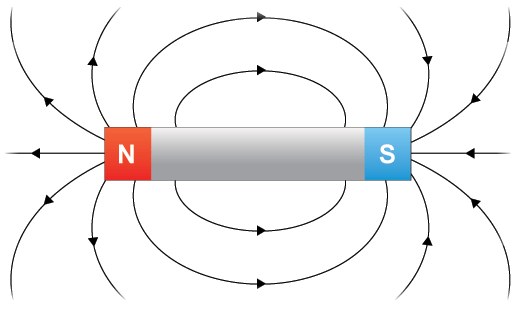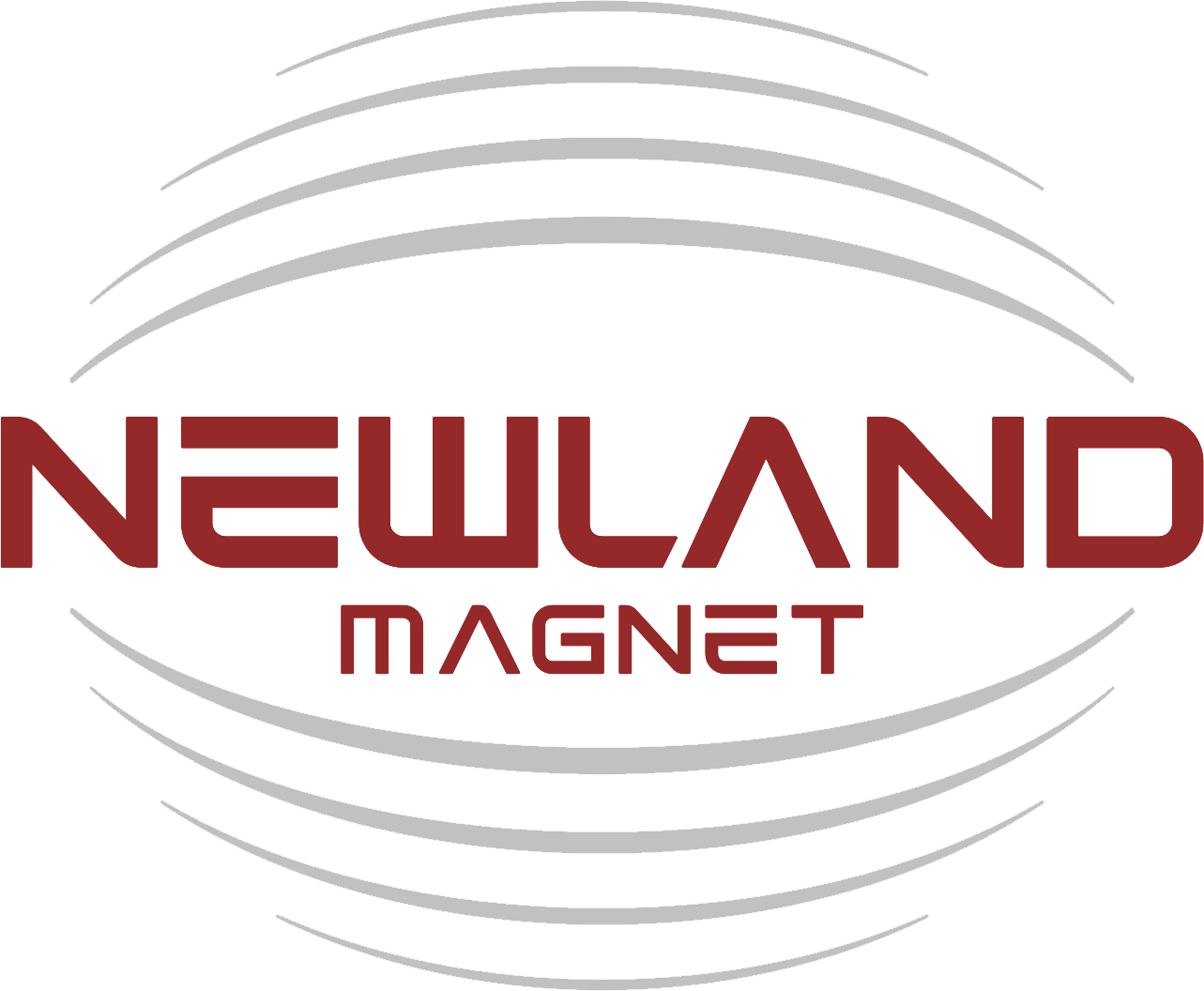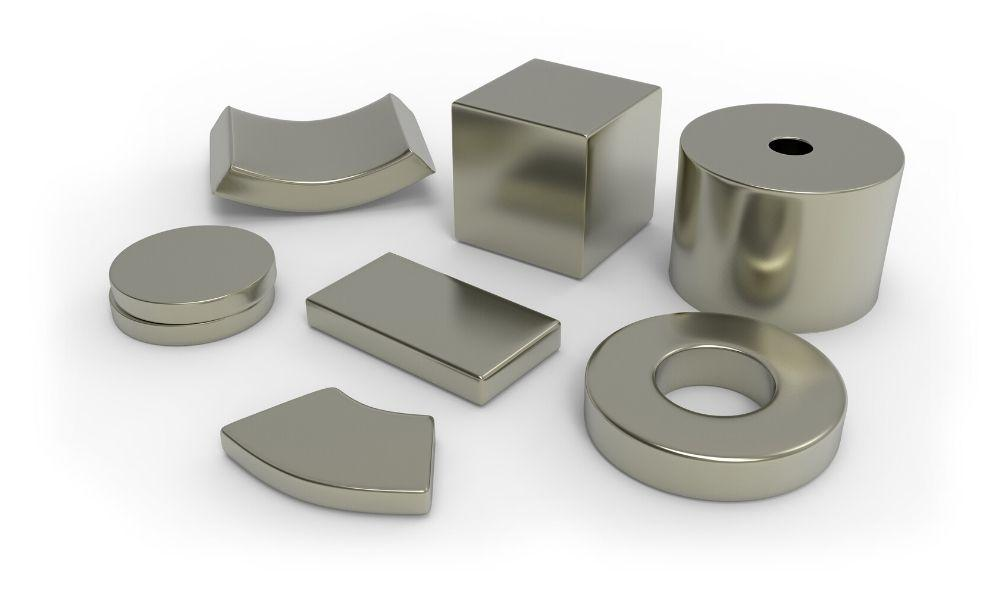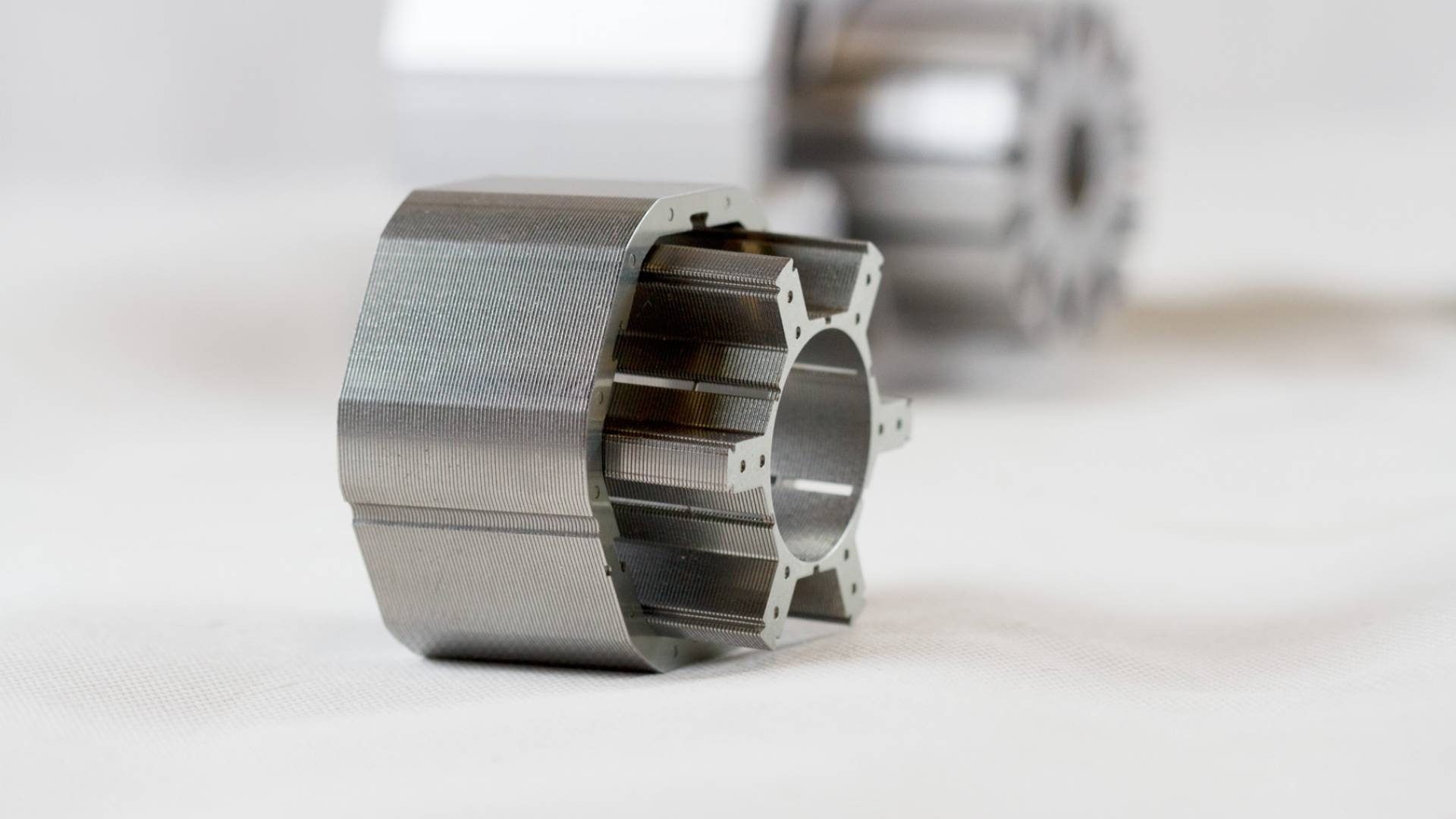สารบัญ
Magnets have fascinated humanity for centuries. From the first compasses that guided explorers to the precision motors in modern technology, magnets remain vital in our daily lives. Yet, the real secret behind their power lies in one area their magnetic poles.
When people search for magnetic poles, they often want to know why magnets are strongest at the ends, how to identify those poles, and how to make magnets perform even better. Whether you’re a student, engineer, or curious learner, understanding magnetic poles helps you use and design magnets with greater effectiveness.
1. What are magnetic poles?

Every magnet, no matter how small or large, has two distinct ends called magnetic poles. These are labeled as the north pole and the south pole. The naming comes from the way a magnet aligns with the Earth’s magnetic field one end points northward and the other southward when suspended freely.
The poles are the regions where the magnet’s invisible force field is strongest. If you scatter iron filings around a magnet, the filings cluster most densely near its ends. This simple observation reveals that the poles are where magnetic field lines emerge and return, creating zones of maximum magnetic activity.
A fascinating fact about magnets is that their poles cannot exist separately. If you cut a bar magnet in half, each piece instantly forms its own north and south poles. No matter how many times you divide it, every new fragment remains a complete magnet. This inseparable nature shows that magnetic poles are fundamental to the structure of magnetism itself.
Inside a magnet, countless microscopic regions called magnetic domains work together. Each domain acts like a tiny magnet with its own north and south poles. When these domains align in the same direction, the magnet becomes strong. The field lines flow from the north pole to the south pole outside the magnet and continue the loop inside it, creating a continuous cycle of magnetic force.
Understanding magnetic poles gives insight into why magnets behave the way they do — how they attract certain metals, repel other magnets, and generate magnetic fields used in modern machines. It also helps in designing more efficient magnetic systems for industries ranging from energy to electronics.
2. How to distinguish magnetic poles

Being able to tell which end of a magnet is north or south is important in both scientific and practical applications. Proper identification ensures magnets are correctly aligned and function as intended in mechanical systems, instruments, and devices.
Using a compass
One of the simplest methods to distinguish the poles is by using a compass. When you bring a compass close to one end of a magnet, the north-pointing end of the needle is attracted to the magnet’s south pole. The opposite end of the needle will be drawn to the magnet’s north pole. This works because opposite poles attract each other while similar poles repel.
Suspending the magnet
Another classic approach is to suspend the magnet from a thread so it can rotate freely. When it settles, one end will naturally point toward the geographic north. That end is the magnet’s north-seeking pole, while the opposite end is its south-seeking pole. This simple experiment shows how a magnet interacts with the Earth’s magnetic field.
Checking manufacturer markings
Many magnets, especially industrial or commercial ones, come pre-marked with “N” or “S” on their poles. These markings help users install magnets correctly in motors, locks, and sensors. However, when markings are absent, using a compass remains the most reliable way to determine polarity.
Why proper identification matters
If magnets are arranged incorrectly, their performance can drastically drop. A motor might lose torque, a magnetic lock may fail to hold, or two magnets could repel when they’re supposed to attract. Ensuring the poles are oriented correctly helps maximize strength and stability in every application.
3. How to divide the strength of magnets

A magnet’s power is not evenly distributed across its surface. The poles carry most of the strength, while the middle areas have significantly weaker magnetic fields. Understanding how this strength divides helps users position and use magnets effectively.
The influence of material
The type of material used to make a magnet plays a major role in its strength. Rare-earth magnets, like neodymium and samarium-cobalt, are far stronger than ferrite magnets because their atomic structures allow tighter alignment of magnetic domains. Regardless of material, however, all magnets concentrate their magnetic energy at the poles.
Pole strength and field density
Each pole has a measurable force called pole strength — the intensity with which it can attract or repel. The closer the magnetic field lines are to each other, the stronger the magnetic field becomes. Near the poles, these lines are tightly packed, creating areas of high field density and strong pull.
Effect of distance
Magnetic force decreases sharply with distance. Even a small gap between a magnet and the surface it’s acting on can reduce its pull by half or more. That’s why most magnets work best when their poles are in direct contact with the target surface. Devices like magnetic clamps or lifting magnets are designed specifically to minimize air gaps and use this principle efficiently.
Magnet geometry
Shape also affects how strength is distributed. For example, a long bar magnet spreads its magnetic field widely, while a ring or horseshoe magnet focuses its field more tightly near the poles. Engineers use different shapes to control how magnetic forces act — concentrating them in small areas or spreading them for uniform attraction.
When you understand how a magnet’s strength is divided, you can choose the right shape and placement to maximize its effect. This knowledge allows for smarter use of magnets in everything from household tools to industrial machines.
4. Why are the poles the strongest magnetic part of a magnet?

The poles are the magnet’s most powerful zones because that’s where the magnetic field lines either emerge or converge most densely. They serve as the main points of interaction between the magnet and its surroundings, which explains why the ends feel much stronger than the middle.
Concentration of magnetic field lines
Magnetic field lines can be thought of as invisible paths of energy. They leave the magnet from the north pole, curve through space, and re-enter at the south pole. The denser these lines are, the stronger the field. At the poles, these lines are squeezed tightly together, creating intense magnetic force.
The structure inside the magnet
Inside the magnet, millions of tiny magnetic domains align in the same direction. At the poles, these aligned domains end abruptly at the magnet’s surface, allowing the magnetic field to burst outward. This makes the poles the gateway through which magnetic energy flows into the surrounding space.
Geometry and design
The shape of a magnet influences how strong the poles appear. A horseshoe magnet, for instance, brings its poles close together, allowing the field to bridge the gap in a concentrated, powerful arc. This design makes it easier to lift heavy objects or create strong localized fields. The same principle applies to other shapes — sharp corners or narrow tips can intensify pole strength by concentrating the field lines.
Field interaction and usability
Since the poles are where the field lines meet the outside world, all useful magnetic interactions occur there. When you place a magnet on a metal surface, it’s the poles that make direct contact. This contact transfers the most magnetic energy, which is why pole orientation is crucial in practical use.
The poles act like doorways through which magnetic energy flows. They are the bridge between the magnet’s internal alignment and its external influence, making them the most active and powerful regions of any magnet.
5. How to improve the magnetic properties of magnetic poles

Enhancing a magnet’s pole strength can significantly improve its performance. Whether for manufacturing, sensors, or industrial lifting, stronger poles translate to more efficiency and durability. Several factors can influence and improve the magnetic properties of poles.
Select stronger magnetic materials
The material defines a magnet’s potential. High-grade materials like neodymium or samarium-cobalt deliver stronger and more stable fields compared to standard ferrite magnets. Choosing the right material ensures that the poles produce maximum flux without requiring larger sizes.
Optimize magnet shape and design
A magnet’s geometry determines how efficiently its poles work. Shapes that bring poles closer together such as U-shaped magnets compress magnetic field lines into smaller spaces, increasing the density of magnetic flux. Flat and polished pole surfaces also help distribute the magnetic field evenly and maintain consistent contact with other materials.
Ensure full magnetization
Magnets must be magnetized properly during manufacturing. If the magnetization process is incomplete, the poles will not reach full strength. Ensuring full saturation during magnetization aligns all magnetic domains, giving both poles maximum and balanced strength.
Reduce air gaps
Air is a poor conductor of magnetic flux. Even a thin layer of air, dust, or paint can significantly weaken a magnet’s performance. Keeping pole faces smooth, clean, and directly in contact with the target surface reduces energy loss and boosts holding force. In many designs, engineers add steel or iron plates to act as “flux bridges,” minimizing air gaps and directing the field efficiently.
Add magnetic return paths
In complex magnetic systems, using a return path helps guide magnetic flux back to the magnet. This is often achieved with soft iron or steel housings that connect the north and south poles through a solid magnetic path. These return paths reduce stray fields and focus more power at the poles, improving the magnet’s overall performance.
Protect against heat and damage
Heat and mechanical shock can disturb magnetic alignment. At high temperatures, magnetic domains begin to lose orientation, reducing the magnet’s overall strength. Using materials with high temperature tolerance or protective coatings helps preserve magnet performance. Securing magnets in stable housings also prevents vibration damage that can gradually weaken pole intensity.
Maintain surface quality
A magnet’s surface condition directly affects how its poles perform. Corrosion, dust, or uneven surfaces increase resistance and reduce contact efficiency. Regular cleaning and protective coatings like nickel, epoxy, or zinc keep poles in optimal condition and prevent degradation over time.
Custom engineering for applications
For specialized uses, magnets can be custom-shaped or magnetized in specific directions to concentrate force where it’s needed most. Engineers often simulate field lines digitally to determine the best pole configuration for a given application. This precision design approach allows for maximum efficiency and reliability in everything from medical equipment to industrial machinery.
บทสรุป
Magnetic poles are the beating heart of magnetism. They are the regions where invisible magnetic forces become tangible attracting metals, powering motors, and guiding navigation. Understanding what magnetic poles are, why they’re strongest, and how to improve them opens the door to countless practical benefits.
The poles are powerful because magnetic field lines naturally gather and flow through them. By using the right materials, refining shape, ensuring complete magnetization, and protecting against environmental factors, you can make these poles even more effective. Every improvement translates to stronger performance, longer lifespan, and greater efficiency.
From the smallest magnetic sensor in a smartphone to the largest lifting magnet in a factory, the same principles apply. The poles hold the secret to a magnet’s strength, focus, and utility. By mastering how magnetic poles work, you tap into one of nature’s most consistent and reliable forces a force that continues to drive innovation across the world.






